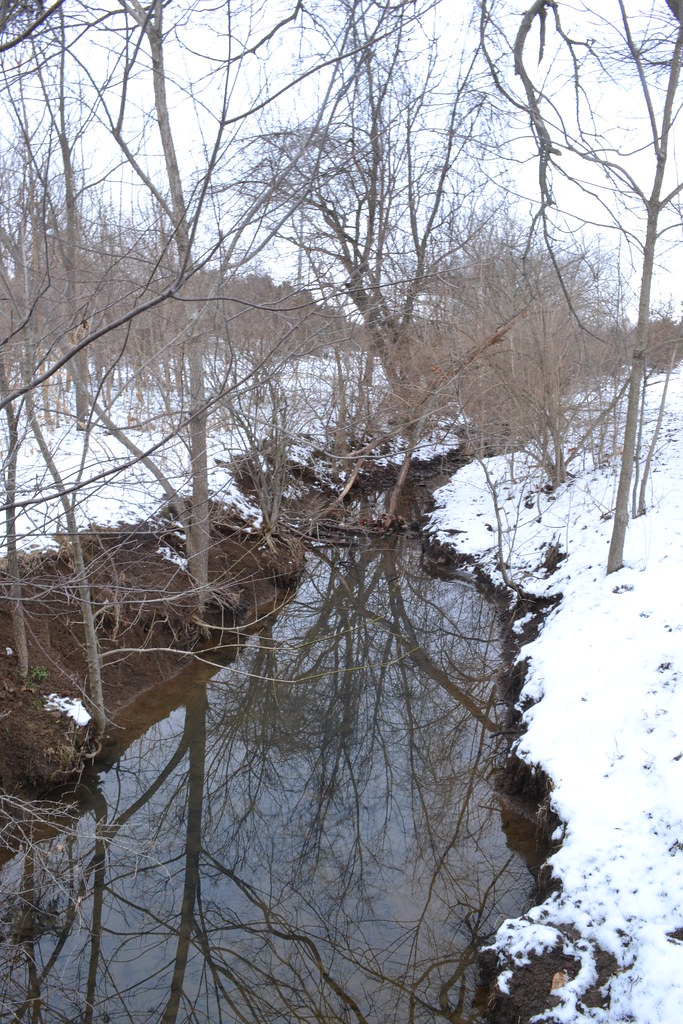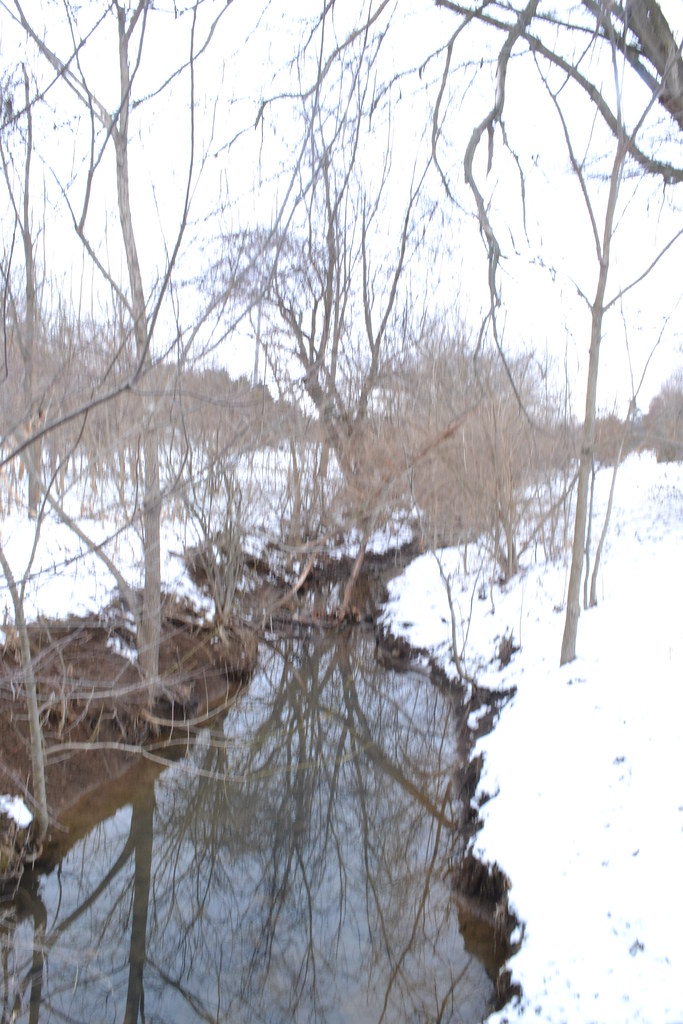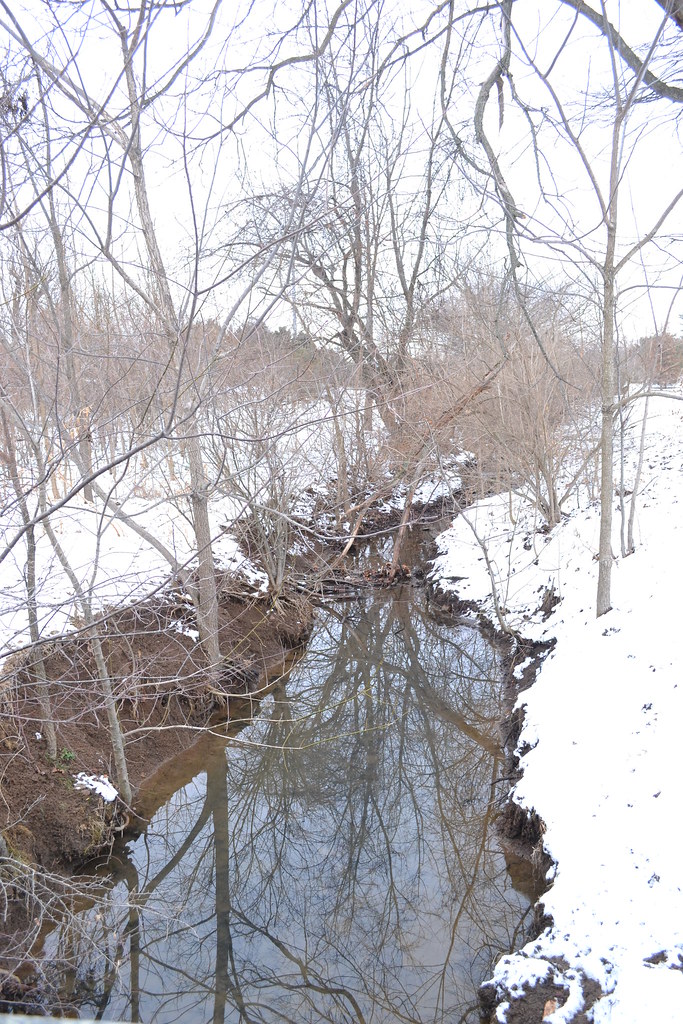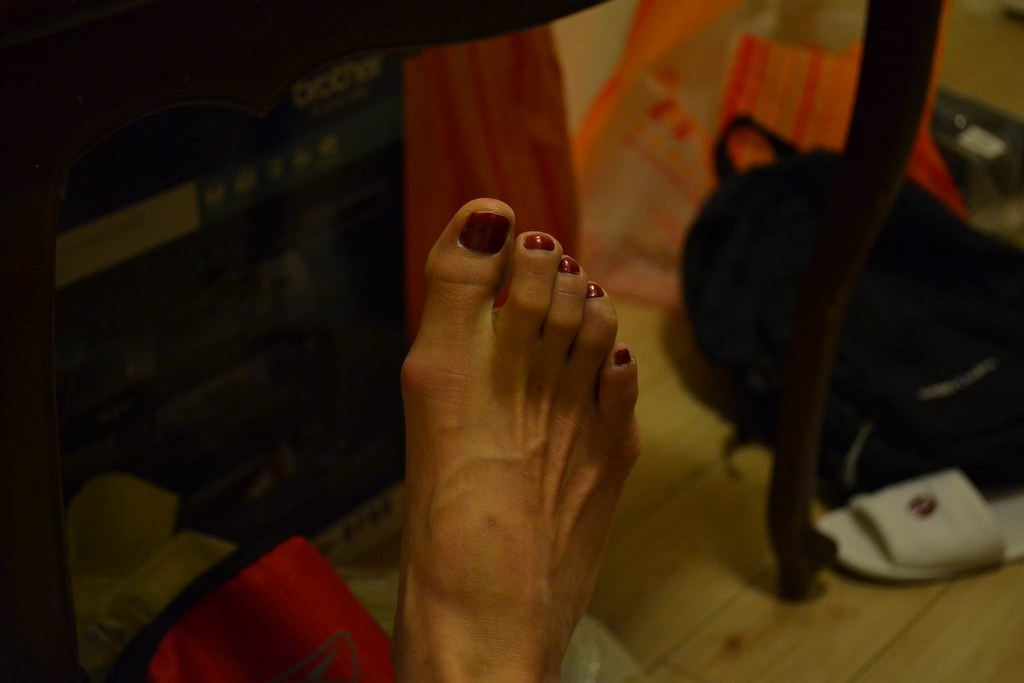Sunday morning I took Lola to Thoroughbred Park in downtown Lexington. It's a small park with life-size bronze horses and commemorative plaques of important people in Kentucky history. While I enjoyed the perfect sunlight and photography opportunities, Lola on the other hand did not know how to deal with these large size creatures surrounding her. She barked and barked at the motionless and scentless horses. She snarled her little canine teeth but the horses would not move. I wonder why.
Thoroughbred Park.
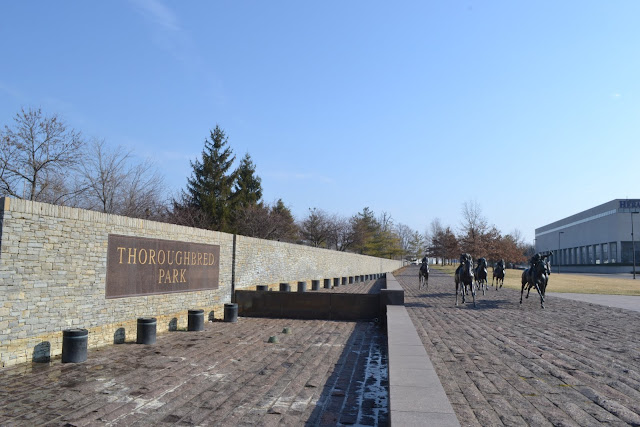 |
| f/22, 1/125, ISO 400 |
 |
| f/22, 1/100, ISO 400 |
Here they come.
 |
| f/22, 1/60, ISO 400 |
 |
| f/22, 1/60, ISO 400 |
Yeeee-Ha!
 |
| f/5, 1/1000, ISO 400 |
Giddy-up!
 |
| f/9, 1/250, ISO 200 |
I wish I had focused the horses in the back instead of the foot.
 |
| f/5, 1/1250, ISO 400 |
Ponies at play.
 |
| f/5, 1/640, ISO 200 |
How do you do, Miss?
 |
| f/5, 1/800, ISO 200 |
In the end, it's all good.
 |
| f/22, 1/60, ISO 200 |
I did learn today that if I make the subject the majority of the picture (i.e. take up most of the scene), the subject seems stand out more. Sounds simple but it took me this long to figure out. I wanted to make the horses look alive like how Lola saw them. It's a work in progress. At least I finally got pictures of some horses.











